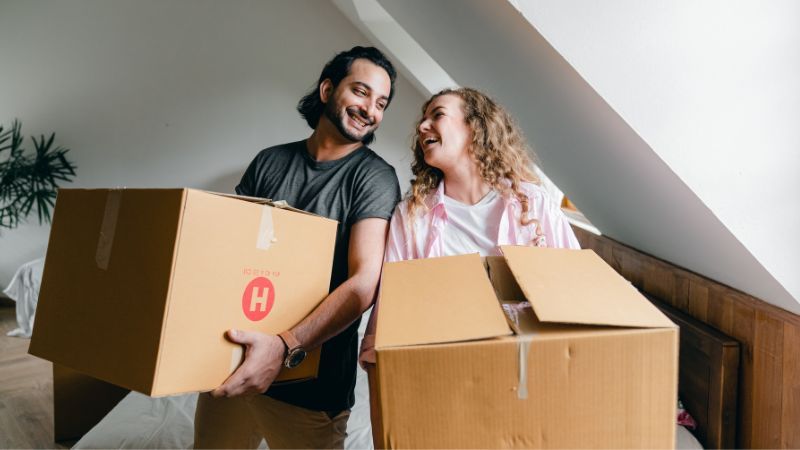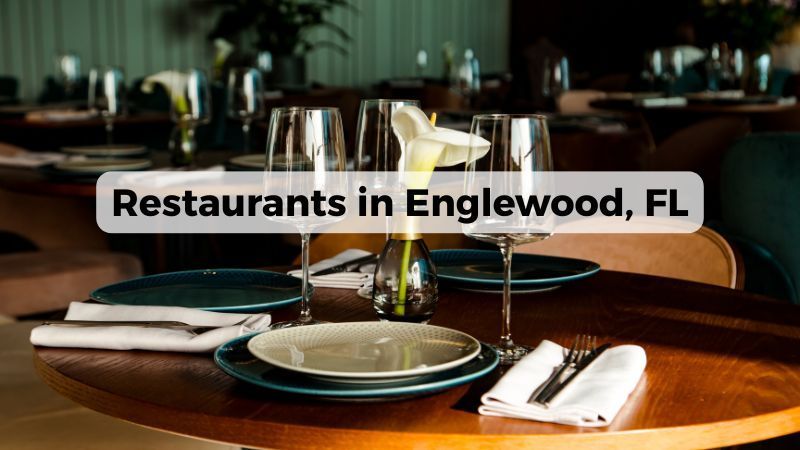Essential Packing Tips: Emphasizing the Importance of Efficient Packing


Moving to a new home is an exciting chapter in anyone’s life, but it can also bring with it a fair share of challenges, with packing up your entire household being one of the biggest. Ensuring that every item is securely packed and clearly labeled is not just about organization; it's essential for facilitating a smooth transition to your new home, minimizing stress, and preventing damage to your belongings. At Master Movers “Movers With Manners”, we understand the intricacies involved in a home move. We pride ourselves on offering comprehensive moving solutions that cater meticulously to our clients’ needs.
Preparing for the Packing Process
Before you dive into wrapping and boxing up your belongings, a little preparation can go a long way. Here’s how you can set yourself up for a packing process that’s organized and stress-free.
Setting the Stage for Success
Creating a Timeline: When to Start Packing?
Timing is crucial when it comes to packing for a move. Begin by creating a packing schedule:
- 6-8 Weeks Prior: Start collecting packing supplies and begin packing seldom-used items.
- 4 Weeks Prior: Begin packing rooms you use less frequently, such as guest rooms and storage areas.
- 2 Weeks Prior: Intensify the packing process by boxing up more frequently used items.
- 1 Week to Moving Day: Reserve this time for essentials and items you use daily.
Inventory Management: Keeping Track of What You Pack
Keeping an inventory helps avoid losing items and aids in organizing:
- Create a List: Write down each item as it gets packed.
- Use Apps: Consider using mobile apps that are designed for moving inventories.
Gathering Supplies
Essential packing materials include:
- Boxes: Invest in sturdy boxes of various sizes.
- Packing Tape: High-quality tape ensures boxes stay sealed.
- Bubble Wrap and Packing Peanuts: For wrapping fragile items.
- Markers and Labels: For labeling boxes effectively.
Packing Techniques That Save Time and Space
Effective packing is not just about throwing things into boxes. Here are some techniques to help you pack efficiently and protect your belongings during the move.
Strategic Packing Methods
How to Pack Room by Room
Tackling one room at a time helps maintain organization:
- Start with Non-Essentials: Pack items from rooms like the guest room or library first.
- Follow with Kitchen and Bedrooms: These areas typically take more time because they contain small items and essentials.
Packing Heavy vs. Light Items
- Bottom to Top: Always pack heavier items at the bottom of the box and lighter items on top to prevent damage.
Special Considerations for Fragile Items
Techniques and Materials for Packing Delicate Items
- Wrap Individually: Use bubble wrap or newspapers to wrap each fragile item separately.
- Secure with Padding: Ensure there’s no empty space in boxes containing fragile items to avoid movement and clashing.
Custom Considerations for Electronics and Valuables
- Original Packaging: If possible, pack electronics in their original boxes.
- Backup Data: Ensure data is backed up before packing computers and mobile devices.
Labeling and Organizing Your Boxes
Proper labeling and organization can transform the chaos of a residential moving day into a structured process, making unpacking in your new home much easier. Here’s how to manage this crucial step:
Efficient Labeling Strategies
Best Practices for Labeling Boxes
- Label by Room and Contents: Clearly mark each box with the room it’s destined for and a brief description of the contents.
- Use Different Colors: Consider using colored labels or markers for different rooms (e.g., blue for bathroom, green for kitchen).
Importance of Creating a Detailed Inventory List
- Track Your Items: Maintain a list that matches your labels, which can be checked off upon arrival to ensure nothing goes missing.
- Ease of Access: This list helps you prioritize which boxes to unpack first based on necessity.
Organizational Tips
Grouping Items by Room and Function
- Keep Related Items Together: Pack items that belong to the same room or have similar uses together to make unpacking simpler.
- Consider Box Size: Use appropriate box sizes; for example, heavy items like books should go in small boxes while lighter items can be placed in larger boxes.
Utilizing Apps and Tech Solutions for Inventory Management
- Use Moving Apps: There are several apps available that can help you organize your items and keep track of your boxes through barcode systems or detailed inventories.
Loading and Transporting: Coordination with Moving Professionals
Once everything is packed and labeled, the next step is ensuring all your possessions are safely transported to your new home. Partnering with reliable movers like Master Movers is essential for a smooth transition.
Preparing for Movers
How to Prepare Your Home for Mover Arrival
- Clear Pathways: Ensure hallways and doorways are clear of obstacles to facilitate easy movement.
- Secure Loose Items: Make sure that all boxes are sealed and loose items are bundled together to prevent loss or damage.
Working with Movers for Efficient Loading
- Discuss the Plan: Walk through your home with the movers, explaining which items are fragile and what boxes you’ll need first at your new home.
- Prioritize Boxes: Ensure that essential boxes are loaded last, so they can be unloaded first.
Safety Measures During Transportation
Ensuring Safe Transport of Boxes and Furniture
- Proper Loading Techniques: Movers should use straps and blankets to secure furniture and prevent shifting during transport.
- Weight Distribution: Loading heavier items towards the front of the truck helps in maintaining balance.
What to Carry With You vs. What to Load in the Moving Truck
- Essentials Kit: Pack a bag with personal documents, medications, chargers, and enough clothes for the first few days.
- Valuables: It’s safer to transport items like jewelry or important documents with you personally.
Unpacking and Settling into Your New Home
The final stage of your moving journey is unpacking and transforming your new house into a welcoming home. Here’s how to approach this task efficiently:
Systematic Unpacking Approach
Prioritizing Which Boxes to Unpack First
- Essentials First: Start with the boxes you packed last, usually containing daily necessities like toiletries, basic kitchenware, and bedding.
- Room by Room: After the essentials, move on to setting up rooms according to their importance, such as the kitchen and bedrooms.
Room-by-Room Unpacking Strategies
- Kitchen: Begin by arranging appliances and stocking cupboards. Since this room is often central to a home, having it organized can bring a sense of normalcy quickly.
- Bedrooms: Assemble beds and organize clothing to ensure comfort and a good night’s sleep from the first day.
Making Your New House Feel Like a Home
Quick Setups for Immediate Comfort
- Furniture Arrangement: Place major pieces of furniture, like sofas and beds, first to define the spaces within your home.
- Personal Touches: Hang curtains and display photos or artwork to make the space feel familiar and comforting.
Long-term Placement and Decorating Ideas
- Gradual Unpacking: Take your time to thoughtfully place items with specialty move and decor to avoid cluttering.
- Leverage Design Apps: Use interior design apps to experiment with layouts before finalizing the placement of heavier items.
Sealing the Deal: Closing Thoughts and Next Steps with Master Movers
As we wrap up this guide on packing tips for home moves, we hope that you feel more prepared and confident as your moving day approaches. Moving can be complex, but with careful planning and the right strategies, you can navigate this transition smoothly and effectively.
Recap of Best Packing Practices
- Start Early and Plan: Begin collecting supplies and packing well before the moving date.
- Stay Organized: Use labels and keep an inventory to streamline both packing and unpacking processes.
- Prioritize Safety: Pack meticulously to protect your belongings and work closely with professional movers for optimal results.
How Master Movers Can Ease Your Moving Experience
At Master Movers, a moving company located in Venice, FL, we not only provide transport but also ensure that every aspect of your move is covered with professionalism and care. Whether you need help with packing, loading, or a full-service move, we are here to assist and ensure your transition is seamless.
Encouragement to Plan Thoroughly and Choose the Right Moving Partners
Choosing the right partners for your move can make all the difference. With
Master Movers, you get a team dedicated to reducing your stress and making your move as smooth as possible.
Our Latest Blog





